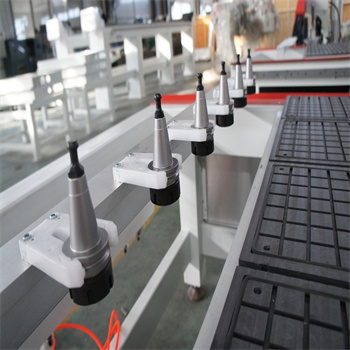Components of a Woodworking Work Center
2024-06-20
A woodworking work center, often referred to simply as a woodworking workstation or woodworking bench, is a specialized area or setup where woodworking activities and tasks are performed. It serves as a central hub for woodworking projects, offering a dedicated space equipped with tools, equipment, and work surfaces optimized for efficiency, safety, and organization. Here’s an overview of what typically constitutes a woodworking work center:
Components of a Woodworking Work Center:
1. Workbench:
- Sturdy Surface: Provides a stable and flat surface for woodworking tasks such as sawing, planing, sanding, and assembly.
- Vices and Clamps: Integrated vices or clamps for securing workpieces during operations.
- Storage: Drawers, shelves, or cabinets underneath for storing hand tools, supplies, and project materials.
2. Power Tools and Machinery:
- Table Saw: Essential for making straight cuts and ripping boards to size.
- Jointer and Planer: Used for flattening and smoothing rough lumber.
- Router Table: Includes a router mounted upside down for precise shaping and edging.
- Band Saw: For intricate curved cuts and resawing thicker stock.
- Drill Press: Provides accurate drilling for holes and dowels.
3. Hand Tools:
- Chisels, Planes, and Saws: Essential hand tools for shaping, smoothing, and cutting wood manually.
- Measuring and Marking Tools: Includes squares, rulers, tape measures, and marking gauges for precision work.
4. Dust Collection System:
- Vacuum or Dust Extractor: Removes sawdust and debris from the work area, maintaining a clean and safe workspace.
- Air Filtration Units: Optional units to improve air quality by capturing fine particles and dust.
5. Assembly and Finishing Area:
- Assembly Table: Additional flat surface for assembling projects, applying finishes, and inspecting work.
- Finishing Supplies: Includes brushes, applicators, and storage for stains, paints, varnishes, and finishes.
6. Safety Features:
- Eye and Ear Protection: Safety goggles, earmuffs, or earplugs to protect against noise and flying debris.
- First Aid Kit: Readily accessible for handling minor injuries.
- Fire Safety: Fire extinguisher and clear exit routes in case of emergencies.
Organization and Layout Considerations:
- Workflow Efficiency: Arrange tools and equipment in a logical order to streamline operations and minimize movement.
- Tool Accessibility: Keep frequently used tools within easy reach to reduce downtime and improve productivity.
- Storage Solutions: Utilize shelves, bins, and pegboards to organize tools and materials efficiently.
- Workshop Layout: Design the layout to maximize space utilization and ensure adequate lighting for visibility.
Personalization and Customization:
- Bench Height: Adjust workbench height to suit individual comfort and ergonomic preferences.
- Tool Selection: Tailor tool selection based on the types of projects and woodworking techniques practiced.
- Modular Design: Incorporate modular elements that can be rearranged or expanded as woodworking skills and project requirements evolve.
Conclusion:
A woodworking work center serves as the heart of woodworking operations, providing a well-equipped and organized space for crafting wood projects. By incorporating essential tools, machinery, storage solutions, and safety measures, woodworkers can create a functional and efficient workspace that enhances creativity, productivity, and enjoyment of the craft. Whether for hobbyists, professional woodworkers, or educational purposes, a well-planned woodworking work center supports the precision, quality, and satisfaction in woodworking endeavors.



